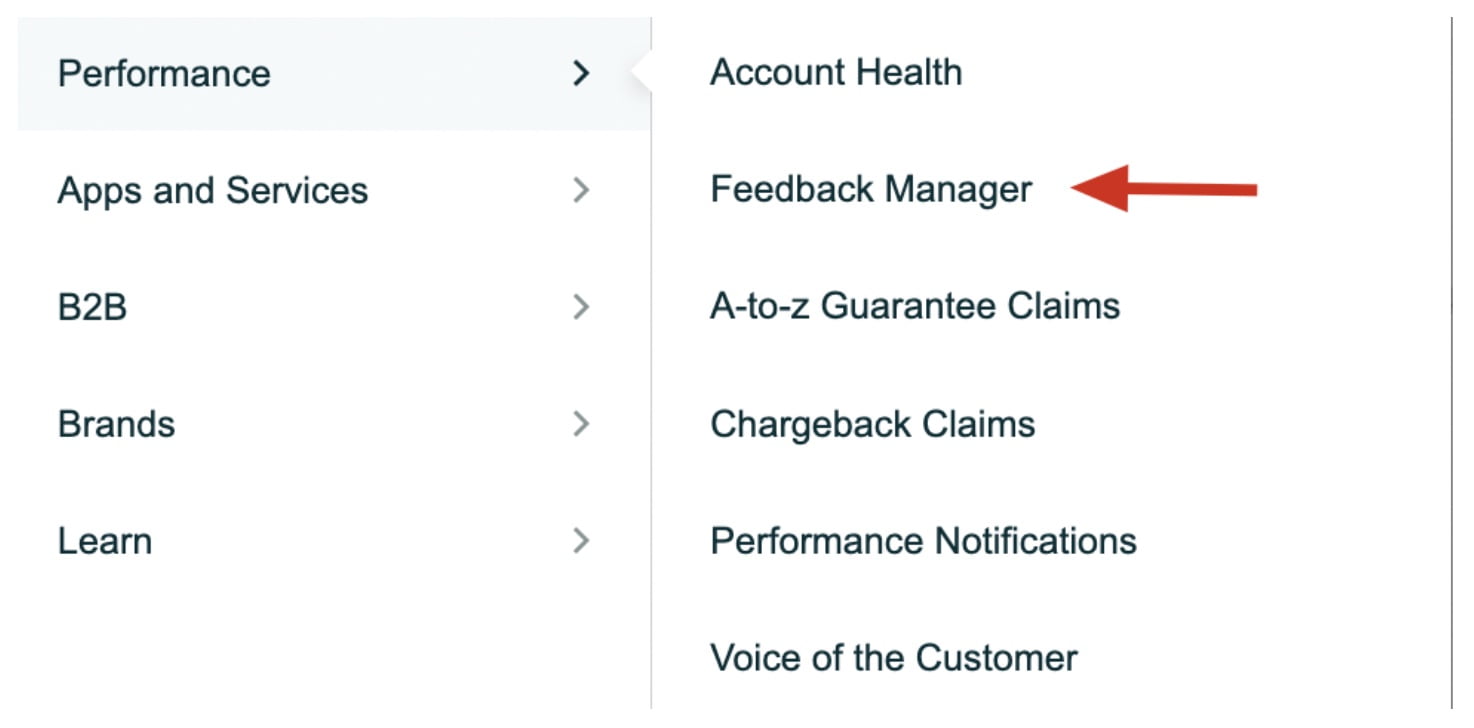Amazon Seller Feedback vs Product Reviews: Which Matters More for Book Sellers?

Amazon Seller Feedback vs Product Reviews: Which Matters More for Book Sellers in 2024?
In the dynamic marketplace of Amazon, customer-generated content is paramount to a seller’s success. Product reviews often overshadow seller feedback, yet both influence customer perception and buying decisions.
Seller feedback is distinct from product reviews, but equally critical.
For book resellers on Amazon, seller feedback is not merely an indicator of performance; it represents credibility and trustworthiness in the marketplace.
Unveiling Seller Feedback and Product Reviews
Seller feedback is the litmus test for measuring the overall service quality provided by sellers. Unlike product reviews, which scrutinize the specifics of a book — its content, and relevance — seller feedback casts a spotlight on the seller’s performance. This includes aspects of customer service, delivery promptness, and the accuracy of book conditions. Seller feedback is a key metric that impacts a reseller’s reputation on the virtual shelves of Amazon.
The importance of product reviews is indisputable, often acting as a persuasive force for potential buyers. They provide valuable insights into the books themselves, aiding customers in making informed purchasing decisions. For resellers, these reviews serve as indicators of inventory quality and can influence stock choices. Yet, while a positive product review can entice readers, excellent seller feedback ensures a trustworthy transaction, enhancing customer confidence in not only the book purchased but also in the seller’s ethos.
Core Definitions: Reviews vs. Feedback
Product reviews scrutinize the item—specific content—whereas seller feedback evaluates the seller’s transaction execution.
Seller feedback focuses on customer service, delivery speed, and description accuracy, impacting a bookseller’s reputation on Amazon.
Positive feedback can boost a seller’s credibility, just as negative feedback can be detrimental to a seller’s Amazon standing.
The Impact on Business Revenue
Robust seller feedback enhances market positioning, leading to improved sales and revenue.
- Customer trust, manifesting through repeat purchases
- Enhanced visibility attributed to positive feedback
- Opportunity for winning more Buy Box
Feedback prominence can directly affect a book reseller’s bottom line.
Feedback-driven improvements underscore a revenue-positive feedback loop, synergizing with customer satisfaction.
The Power of Seller Feedback for Booksellers
In the competitive landscape of online bookselling, a robust seller feedback profile functions as a beacon of reliability to prospective customers, fostering trust and repeat patronage.
As a reflection of service excellence, positive feedback can accelerate a bookseller’s growth on Amazon, enhancing their standing and propelling their offerings to the forefront of customer searches, which often result in increased sales velocity.
Conversely, a pattern of negative seller feedback can significantly derail a bookseller’s reputation, leading to a tangible contraction in market share.
Cultivating Your Literary Reputation
Your reputation as a bookseller on Amazon hinges on a meticulous interplay between quality service and customer perception, molded over each transaction and review received. It transcends mere transactional exchanges, becoming a hallmark of your brand’s promise.
Consistently superior service is often rewarded with positive seller feedback, which underpins reputational excellence. This reflects an unwavering commitment to your craft.
Harnessing the nuances of both timely dispatch and impeccable customer service, booksellers can imbue their Amazon profiles with a legacy of reliability, turning first-time buyers into loyal advocates. Such is the power of a resounding seller feedback profile—it builds a fortress around your business, invulnerable to the ebb and flow of market trends.
The strategic solicitation of feedback, while navigating the complexities of buyer satisfaction, forms an integral facet of your literary stewardship on the Amazon platform.
Leveraging Feedback for Increased Sales
Seller feedback is not just a rating—it’s a growth catalyst for your business.
- Promptly address concerns by contacting the buyer to resolve issues, which can lead to improved feedback.
- Analyze feedback trends to pinpoint operational inefficiencies, empowering you to refine your business approach and boost customer satisfaction.
Implement these strategies diligently, and watch your seller reputation—and sales—soar.
The art of feedback management can differentiate your online bookstore from the competition.
Strategies to Boost Seller Feedback Scores
Creating an exceptional unboxing experience can magnify customer satisfaction and generate spontaneous positive seller feedback. From the quality of packaging to personalized thank-you notes, these tactile touchpoints can resonate deeply with customers, leaving a memorable imprint that translates into glowing feedback. Additionally, prompt and accurate fulfillment, coupled with proactive customer service, underscores a commitment to excellence that customers frequently reward with favorable seller ratings.
Streamlined communication channels are foundational for securing consistent seller feedback. By integrating automated yet personalized feedback request systems into your order fulfillment process, you can effectively solicit feedback at optimal times. Timing is pivotal; consider sending feedback requests post-delivery, ensuring the customer has had sufficient time to assess their purchase, thereby enabling authentic and informed seller feedback that truly reflects their experience.
Proactive Communication with Customers
Engage transparently and promptly with all customer inquiries.
Customer relations are the cornerstone of successful book sales. Immediate, compassionate, and solution-oriented engagement is imperative when addressing customer concerns. This proactive approach fosters trust and can dramatically enhance the likelihood of positive seller feedback. Additionally, it mitigates potential dissatisfaction that can escalate into negative feedback if left unaddressed.
Ensure all communication is clear, kind, and helpful.
Acknowledgment of customer messages is crucial – even if a resolution is pending. Regular updates reassure customers, reflecting a dedication to service that can convert into positive seller feedback. It’s about creating a narrative where the customer feels heard, valued, and supported at every turn—the fabric of a strong seller reputation.
Demonstrate unwavering professionalism in every customer interaction.
Developing a rapport through ongoing, personalized conversations builds a loyal customer base. In doing so, you nurture an environment conducive to generating increased volumes of seller feedback. By prioritizing this level of customer engagement, you set a high industry standard that distinguishes your business from the competition.
Anticipate needs and exceed customer expectations where possible.
Proactivity also involves foreseeing potential issues and addressing them before they impact the customer. This forward-thinking strategy can lead to fewer negative feedback instances and a higher rate of positive testimonials. By offering such preemptive solutions, you not only solve problems but also illustrate a business’s foresight and customer-centric philosophy.
Incentivization Techniques Without Breaching Policies
Navigating Amazon’s stringent guidelines requires finesse when incentivizing feedback.
- Offer Outstanding Customer Service: Surpass customer expectations to foster genuine satisfaction.
- Personalize Communications: Tailor your messages to show customers that you value their individual experiences.
- Follow-Up Emails: Send considerate post-purchase follow-ups to encourage feedback naturally.
- Leverage Packaging: Use innovative packaging that delights and prompts customers to share their positive experiences.
Strategically designed follow-up strategies can increase feedback without policy infringements.
Remember, genuine customer engagement should always be the core of your approach.
Tackling Negative Seller Feedback Effectively
Addressing negative seller feedback with utmost professionalism is crucial for maintaining a reputable presence on Amazon. Upon receiving unfavorable feedback, initiate contact with the customer promptly, offering a sincere apology and a resolution that goes beyond their expectations. It’s essential to approach this interaction with empathy, acknowledging the customer’s dissatisfaction while proactively working to rectify the issue and prevent similar occurrences in the future.
When remedying the situation, ensure that your response is tailored and specific, rather than using a generic template. If feasible, offer a refund(partial or full) or replacement to demonstrate your commitment to customer satisfaction. Subsequently, you may respectfully request the removal of the negative feedback, employing the Amazon-provided “Request removal” button, which streamlines the process. By doing so, you exhibit not only an adherence to Amazon’s standards but also a dedication to upholding the integrity of your seller profile.
The Art of Crafting Apologies to Dissatisfied Customers
In the face of disapproval, it is imperative to formulate an apology that reflects genuine contrition and understanding of the customer’s grievances. Such an acknowledgment serves as the first stride towards amending the relationship.
Regret should be conveyed with tact and sincerity, anchored in the specifics of the customer’s experience. This personalized touch is critical to restoring confidence.
Additionally, to convey an authentic sense of responsibility, the apology should offer practical recompense for the client’s trouble. This gesture of goodwill can substantially alleviate the customer’s discontent and foster a pathway for the removal of the negative feedback, thereby nurturing a restored sense of trust and satisfaction.
Stepwise Approach to Feedback Removal and Case Opening
When a negative feedback appears, assess its content for mention of fulfillment, authenticity or pricing issues.
If inaccuracies or irrelevancies against Amazon’s guidelines are evident, utilize the ‘Request Feedback Removal’ feature on Seller Central Feedback Manager page promptly.

Should the automated process not resolve the matter, compose a concise, professional message to the customer, seeking to rectify the situation.
Continuing, if direct communication fails to yield feedback withdrawal, prepare to escalate the case through Amazon’s seller support system.
Providing detailed evidence and clarity on the feedback’s inconsistency with policy may facilitate its removal by Amazon.
Conclusion
In conclusion, for book sellers navigating the competitive realm of Amazon, seller feedback emerges as a paramount aspect influencing success. Given its pivotal role in enhancing credibility and trustworthiness within existing listings, prioritizing strategies to solicit and manage seller feedback becomes imperative. While product reviews undoubtedly offer valuable insights into the product, it is the robust seller feedback profile that ultimately reinforces a seller’s reputation and drives revenue growth. Embracing proactive feedback management techniques, coupled with personalized customer engagement, not only fosters positive seller ratings but also cultivates long-term customer loyalty. As sellers endeavor to optimize their performance on Amazon, leveraging tools like Bookz Pro, encompassing a repricer, lister, and inventory manager, can further streamline operations and amplify success. Start your 14-day free trial of Bookz Pro today to unlock the full potential of your book-selling endeavors.



